iPhone 17 Scratchgate: What’s Causing It and How to Protect Your Phone
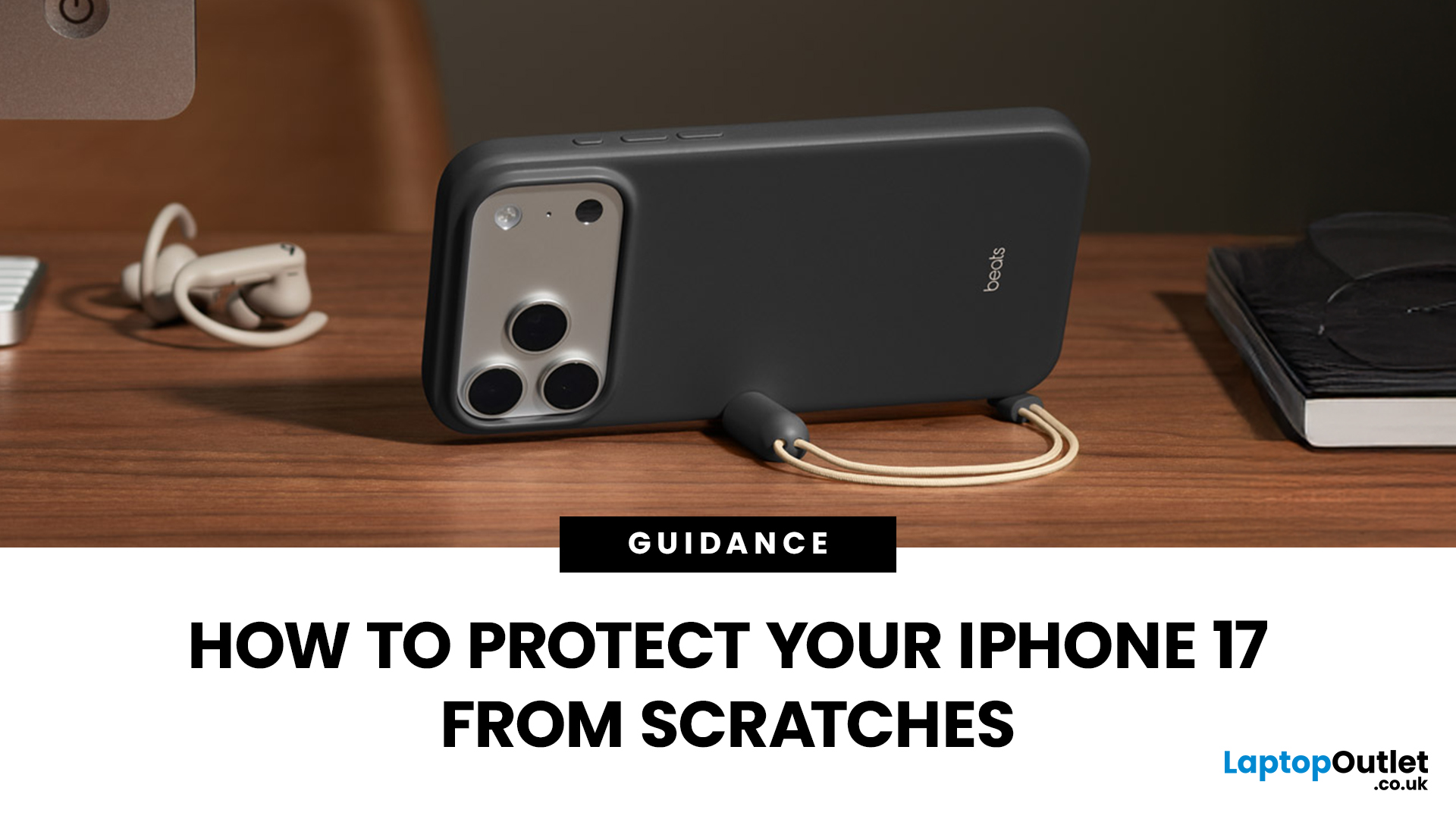
Apple’s iPhone 17 launch should have been about its powerful new hardware and fresh design. Instead, headlines are dominated by “iPhone 17 Scratchgate” complaints that the Pro models are picking up scratches and chips far too easily. The reaction is hardly surprising for a device that costs well over £1,000.
Is this simply a misunderstanding, or is Apple facing a genuine durability problem? Let’s take a closer look.
Apple’s Official Response to iPhone 17 Scratch Complaints
Apple has been quick to downplay the issue. The company told CNET that what many people are calling scratches on demo units are actually residue from worn MagSafe display stands, not permanent marks. According to Apple, these blemishes can be wiped away with a cloth, and the stands in retail stores are being replaced to prevent further problems.
While this explanation covers store displays, it doesn’t account for the growing number of personal handsets showing signs of wear straight out of the box. That’s where the conversation shifts to the Pro models.
Why the Pro Models Are Different

The controversy mainly affects the iPhone 17 Pro and Pro Max, which feature an anodised aluminium frame. This anodisation process gives the casing colour and hardness, but it also creates weak spots at sharp edges—most noticeably around the camera plateau.
Durability testers have shown that:
- Light marks on the back glass and sides can often be wiped away, which supports Apple’s residue explanation.
- The corners and camera edges, however, are far more vulnerable. Keys, coins, or even light friction can cause the anodised layer to chip, exposing the raw aluminium beneath.
- Darker colours, such as deep blue or cosmic orange, highlight scratches more than lighter finishes.
By contrast, the iPhone 17 and iPhone Air models use a ceramic or glass shell, which doesn’t show the same chipping problem.
What’s Really Behind “Scratchgate”?
When you examine the evidence, iPhone 17 Scratchgate can be traced back to 3 key factors. First, Apple’s choice to maintain sharp, angular design lines has left the anodised aluminium coating more exposed than it would be on rounded edges, which industry standards typically recommend to improve durability. Second, while the anodisation layer is relatively tough, it remains vulnerable to everyday wear and tear much like nail polish, it can chip or flake when subjected to stress at corners and raised edges. Finally, there is a clear perception problem: a handset priced at over £1,000 is expected to remain visually flawless, and even minor cosmetic blemishes are enough to diminish the premium feel and user confidence in the product.
Does iPhone 17 Scratchgate Affect Its Performance?
The good news is that Scratchgate is cosmetic and not functional. The phones still perform as expected: the display, cameras, and internal hardware are unaffected. The concern is purely about appearance and long-term resale value.
How to Protect Your iPhone 17
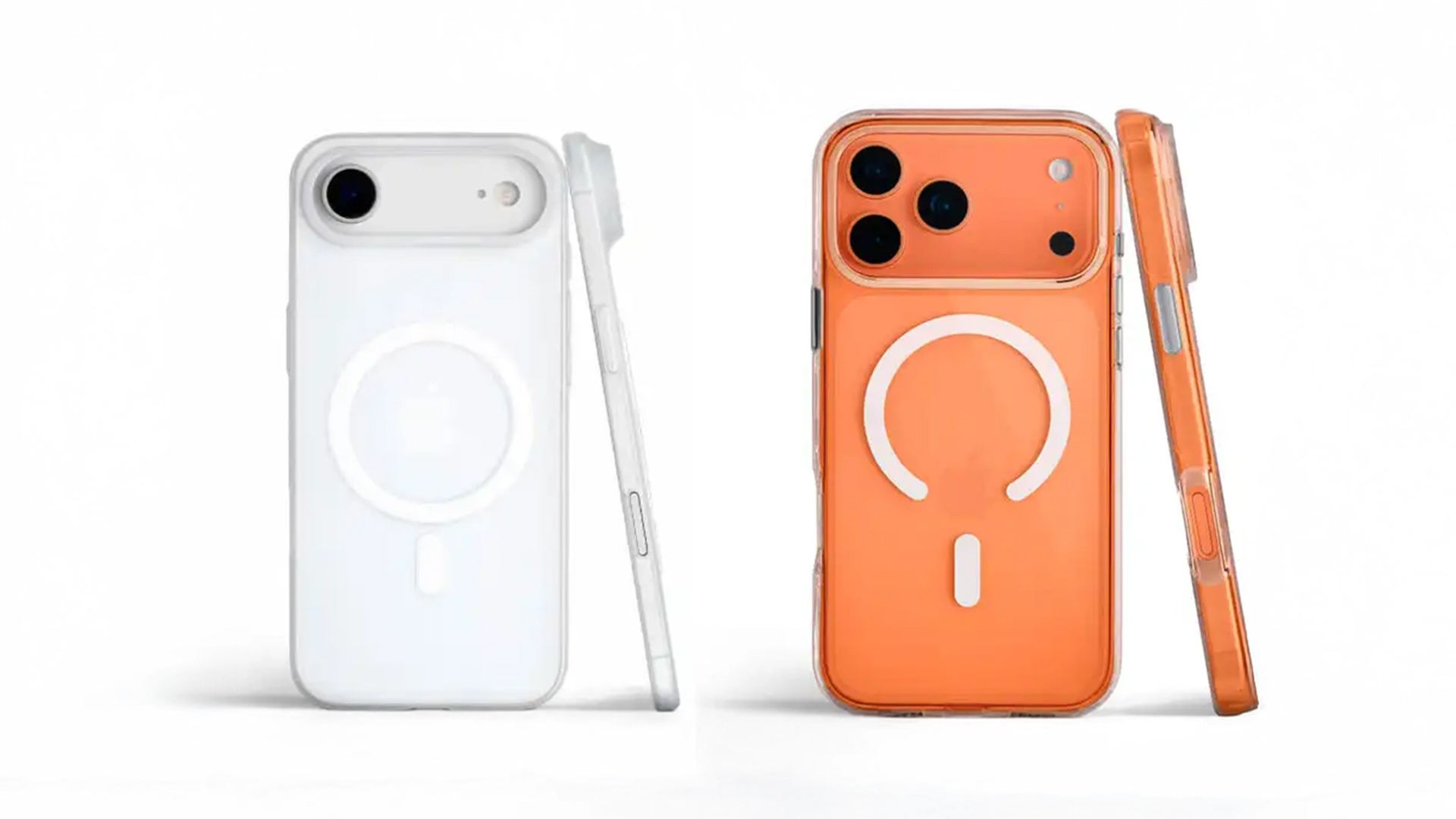
If you’ve just bought an iPhone 17 Pro/ Pro Max or are considering one, here are the best ways to prevent Scratchgate from spoiling the experience:
- Invest in a protective case: Choose one with raised edges to shield the camera plateau.
- Add a lens protector: Thin adhesive rings around the camera help prevent edge chipping.
- Keep it separate: Don’t carry your phone in the same pocket as keys, coins, or cards.
- Handle with care: Avoid sliding the phone across hard surfaces; always gently lift and place it down.
- Clean regularly: Use a microfibre cloth to remove dust and residue before it causes abrasions.
- Pick your colour wisely: Lighter finishes show marks less than deep blue or black.
Should You Still Buy the iPhone 17 Pro?
Despite Scratchgate, the iPhone 17 Pro remains a powerful and desirable device. Its cameras, processor, and display are among the best in the market. The issue lies in the finish - not the performance.
A case and careful handling are essential if you’re particular about keeping your phone pristine. For those who prefer using their phone “naked”, expect to see minor wear around the edges over time.

Key Point to Remember
The iPhone 17 Scratchgate saga is unlikely to fade quickly. Apple insists the anodisation meets industry standards, yet independent testing shows that sharp edges make these phones more prone to visible wear.
Until Apple revises the design, the best defence is prevention. If you own an iPhone 17 Pro or Pro Max, treat it carefully from day one and consider protection as part of the purchase.

Common Questions About iPhone 17 Scratchgate
Does the iPhone 17 scratch easily?
The standard iPhone 17 and iPhone Air are less prone to scratches thanks to their ceramic and glass finishes. However, the iPhone 17 Pro and Pro Max have an anodised aluminium frame that is more susceptible to cosmetic marks, especially around the sharp edges of the camera plateau. Darker colours, such as deep blue or space black, also highlight scratches more clearly. While the phone isn’t fragile, owners report that it shows signs of wear sooner than expected.
How to protect an iPhone from scratches?
The most effective way to protect any iPhone is to use a case and screen protector from day one. A case with raised lips will shield the vulnerable corners and camera bump, while a tempered glass screen protector prevents surface abrasions on the display. Avoid carrying your phone with keys or coins, clean it regularly with a microfibre cloth, and avoid sliding it across hard surfaces. For additional protection, camera lens rings or covers can help reduce edge chipping on the Pro models.
What causes an iPhone screen to scratch?
An iPhone screen can scratch when it comes into contact with hard or abrasive objects such as keys, coins, sand, or grit. Even though the iPhone 17 features Ceramic Shield 2, which Apple says is more resistant than earlier versions, no screen is completely scratch-proof. Tiny particles in pockets, bags, or on surfaces can cause micro-abrasions over time, particularly if the phone is carried without a screen protector.
Is the iPhone 17 Pro Max durable?
The iPhone 17 Pro Max is durable in terms of internal build quality, water resistance, and overall performance. It uses aerospace-grade aluminium and Ceramic Shield glass, which strongly resist cracks and drops. However, its anodised aluminium finish is prone to visible scratches and chips around sharp edges. In short, the Pro Max is structurally sound but benefits greatly from a protective case if you want to maintain its premium look.
| Read More: |
| iPhone 17 vs iPhone 16: What’s Actually New |
| iPhone 17 UK Price Breakdown: Deals, Contracts & Pre-Order Options |
| No SIM Slot? Here’s What UK Users Need to Know About iPhone 17’s eSIM |
Related Articles

September 12, 2025
Apple’s iPhone 17 Pro Max has arrived with some serious promises around battery life. With a larger battery capacity than its predecessor, more efficient internals, and better software optimisation, Apple claims this could be its longest-lasting iPhone yet. But in practical, everyday usage, can it really stretch to two full days? Let’s dig into what we know so far, what that means in real scenarios, and whether two-day usage is realistic.
Official Specs & Improvements
- Battery Capacity: The iPhone 17 Pro Max comes with a 5,088 mAh battery in its eSIM-only version, and about 4,823 mAh in variants with a physical SIM tray. That’s up from the ~4,685 mAh in the iPhone 16 Pro Max.
- Video Playback Time: Apple quotes up to 39 hours of video playback for the Pro Max. This is a big jump over the 16 Pro Max, which had less video playback time.
- Hardware & Efficiency Upgrades: The iPhone 17 Pro Max has the A19 Pro chip (built on a smaller fabrication process), better thermal design, and a more efficient
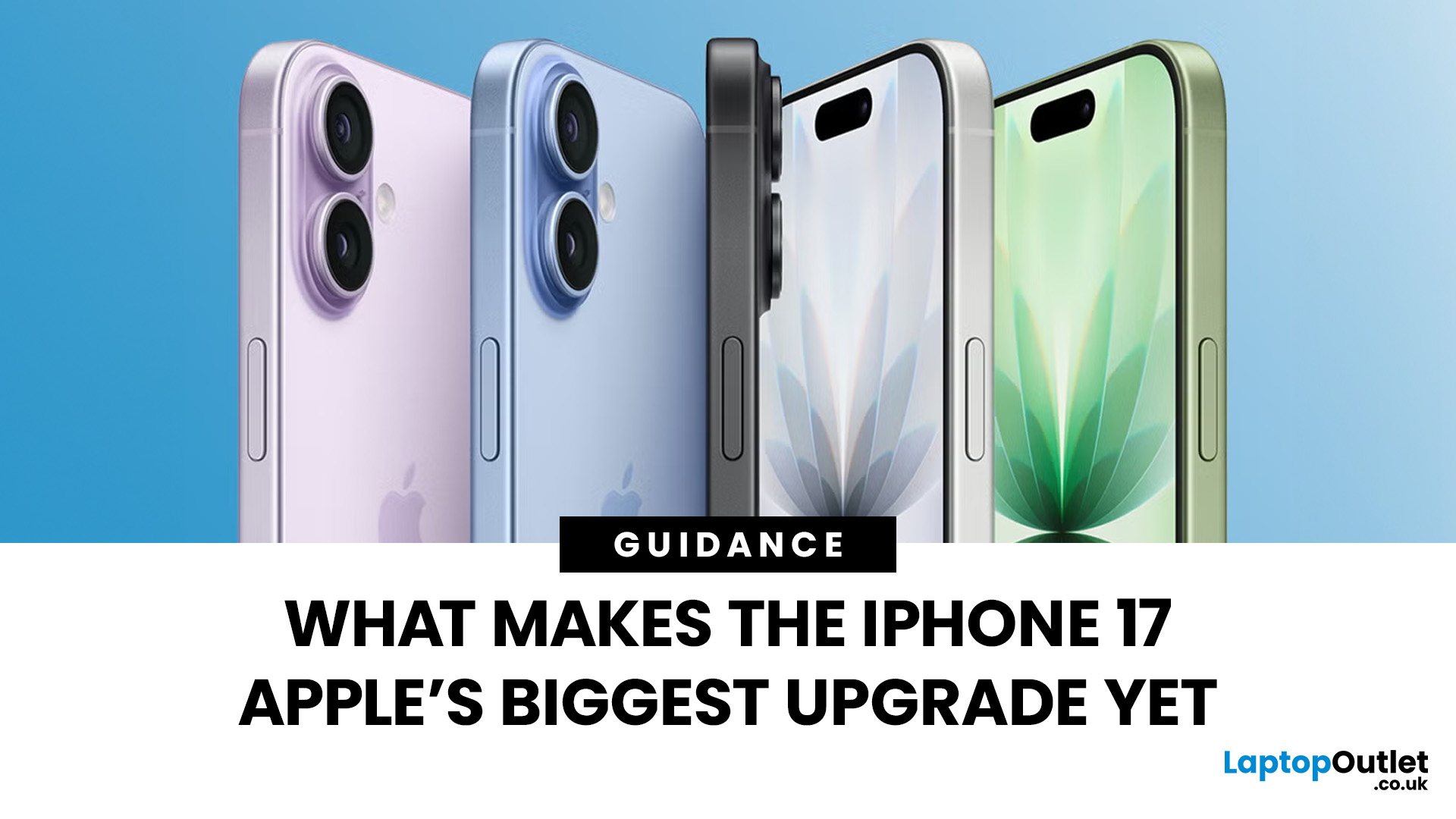
September 12, 2025
Apple’s iPhone 17 line (including the new iPhone base, Pro and Pro Max) isn’t just an incremental update, it brings some big feature upgrades and tweaks that most users will actually see and use every day. In this blog, we’ll run through the top 10 iPhone 17 features that aren’t fluff. Whether you're snapping photos, streaming, using apps or just want a phone that keeps up, these are the improvements you'll care about.
iPhone 17 Features: Top 10 You’ll Actually Care About
1. ProMotion Comes to Everyone
- For the first time, every iPhone 17 model comes with a 120 Hz ProMotion display and an always-on screen. Previously, only Pro models had this smooth refresh rate. You’ll notice the difference instantly: scrolling through Instagram feels fluid, games look sharper, and the overall UI feels more responsive.
- The always-on feature is also useful, glance down and you’ll see the time, notifications, or widgets without tapping the screen. It’s the sort of change you don’t realise you wanted until
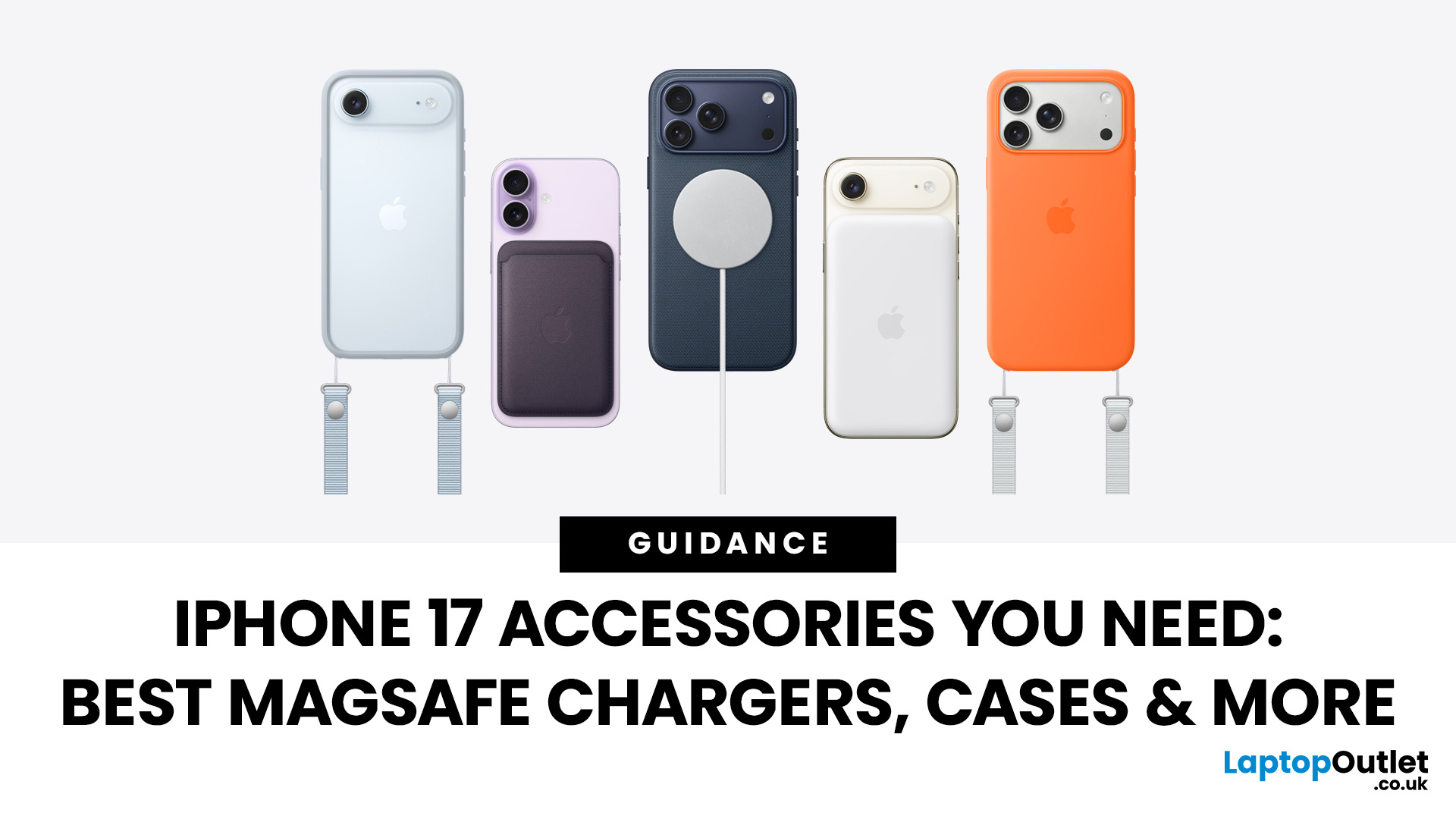
September 15, 2025
Apple’s iPhone 17 lineup brings its usual mix of refinements: better materials, updated finishes, perhaps new colours, magnets for MagSafe, and improved wireless charging. To get the most from your device — protection, fast charging, functionality — you’ll want to pair it with the right accessories. Here’s a deep guide to the best ones: what to buy, what to watch out for, and what’s new as of late 2025 in the UK.
What’s New / What’s Changed
Before diving into accessories, a few pieces of context so you understand what the latest gear supports and why some older accessories may or may not do as well:
- The iPhone 17 series is confirmed to support MagSafe accessories fully. Cases, chargers, wallets, etc., are all designed around MagSafe compatibility.
- Wireless charging standards are improving: Apple has updated its MagSafe charger to support up to 25 W charging under the newer Qi2.2 standard. This improves over the earlier generation’s speeds.
- Apple is also pushing new designs and materials

September 15, 2025
Apple’s iPhone 17 has officially arrived, and while performance upgrades and Apple Intelligence integration are making headlines, the iPhone 17 design is where the biggest visual leap has taken place. From bold new colours to precision-engineered materials, Apple has created a handset that’s as much a style statement as it is a powerful everyday tool.
A Fresh Finish: Colours That Pop
For the UK market, Apple has given the iPhone 17 an expressive new palette:
- Black
- White
- Mist Blue
- Sage
- Lavender
Unlike previous generations where colours were more muted, the iPhone 17 introduces a colour-infused glass back for Black, Mist Blue, Sage, and Lavender. This technique allows Apple to achieve vibrant, durable tones that won’t easily fade or scratch away. The White finish, on the other hand, retains a classic gloss look for those who prefer understated elegance.
This combination of bold and timeless choices ensures there’s something for everyone — whether you want your iPhone to stand out or blend
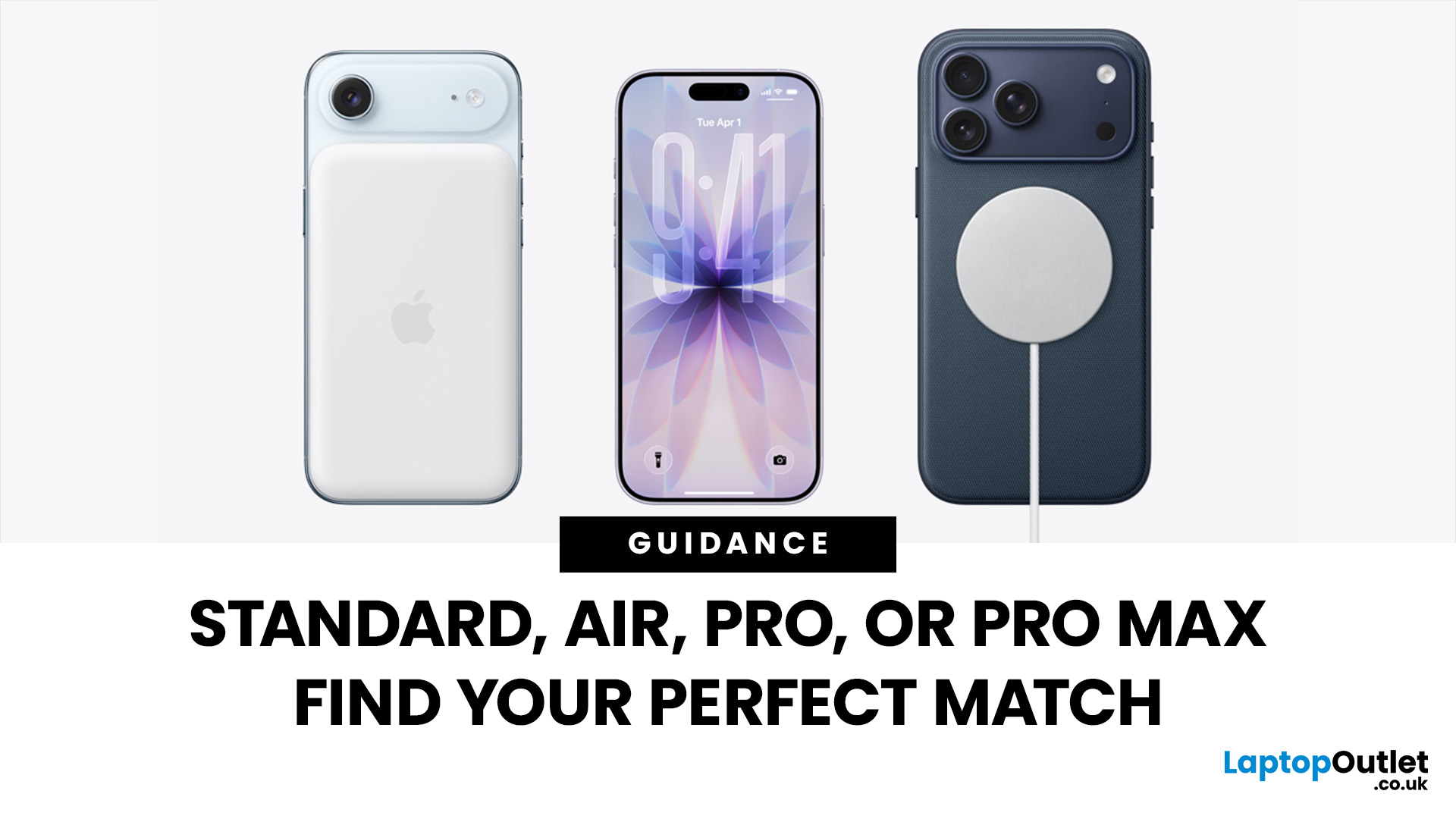
September 15, 2025
Apple has shaken up the iPhone line for 2025. Alongside the familiar iPhone 17, 17 Pro, and 17 Pro Max. All three deliver 120 Hz displays, upgraded cameras (including a new 18 MP selfie sensor with Center Stage), faster silicon, and Apple Intelligence enhancements in iOS 26. Waiting for the new iPhone 17 models? The big question: which iPhone 17 model should you buy for your day-to-day? Let’s compare the designs, specs, cameras, battery life, connectivity, and UK pricing, then match each phone to the right kind of user.
What’s New Across All iPhone 17 Models
- 120 Hz ProMotion displays with always-on mode and up to 3,000 nits peak brightness.
- 18 MP front camera with Center Stage (finally on iPhone), using a new square sensor.
- Apple Intelligence features in iOS 26 (smarter writing tools, new design language Liquid Glass, and on-device/private AI tasks on supported hardware).
- Apple’s new N1 wireless chip with Wi-Fi 7, Bluetooth 6, and Thread support.
- USB-C across the range; USB 3 speeds on
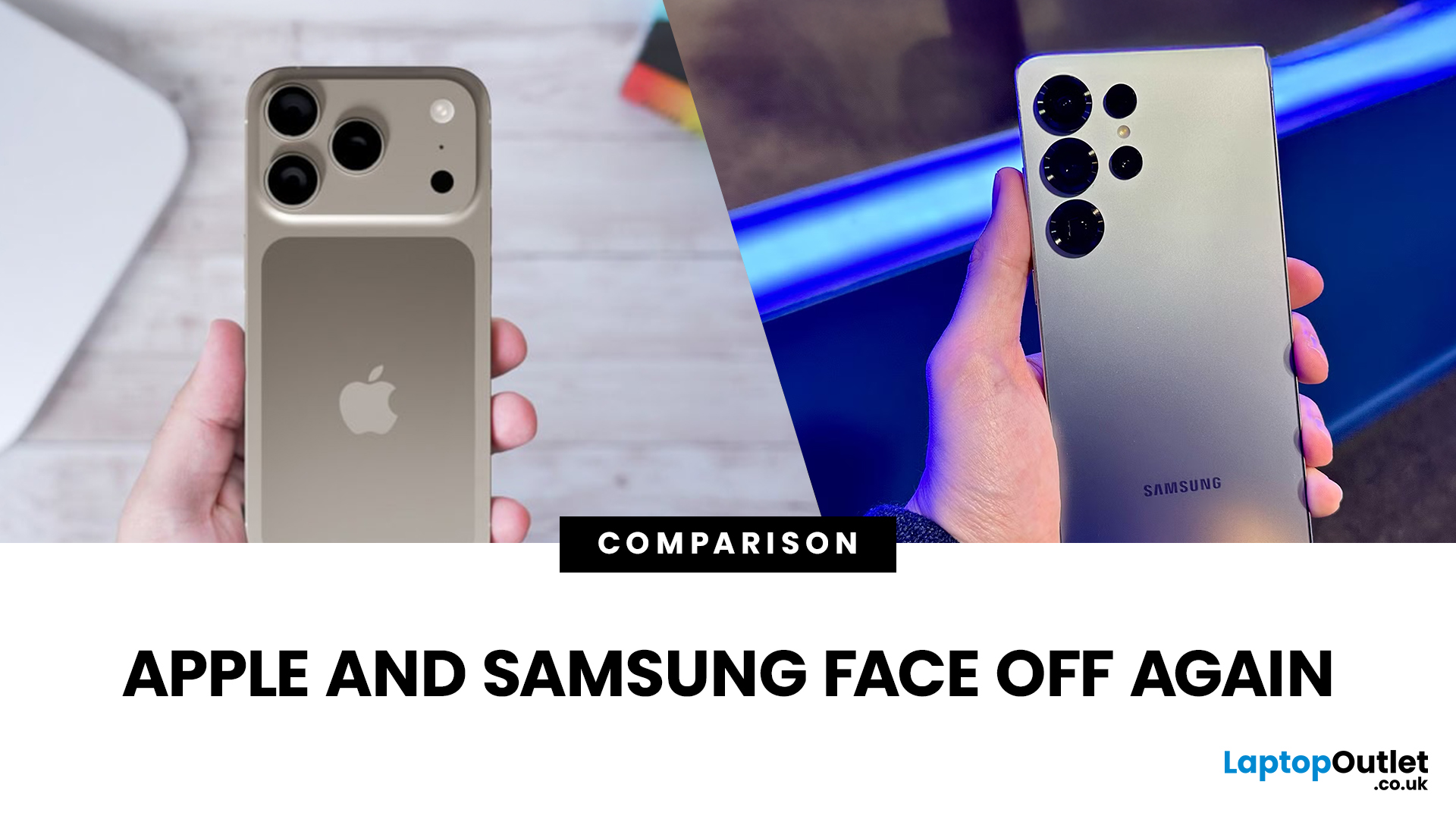
September 15, 2025
If you're deciding between iPhone 17 and Samsung Galaxy S25 for your next flagship, you’ve got quite the choice. Both phones represent 2025’s top-tier in design, performance, and smart features, but they lean in different directions. iPhone 17 excels in its seamless Apple experience, security, premium build, and camera enhancements. Galaxy S25 pushes AI features, flexible Android customisation, strong displays, and multiple variants. Let’s dig into what you get, how they differ, and which phone wins depending on what matters to you.
What We Know About Galaxy S25 (UK)
- Display: 6.2-inch Dynamic LTPO AMOLED 2X, 120 Hz, HDR10+; very bright peak brightness.
- Processor: Samsung’s custom-made (for Galaxy) Snapdragon 8 Elite chip, built on a 3 nm process, offering improved efficiency, performance, and graphics.
- Cameras: Triple-camera rear: 50 MP main (wide), 10 MP telephoto, 12 MP ultra-wide. Front camera is 12 MP. Multiple AI enhancements via “Galaxy AI”, improved image processing.
- Battery &
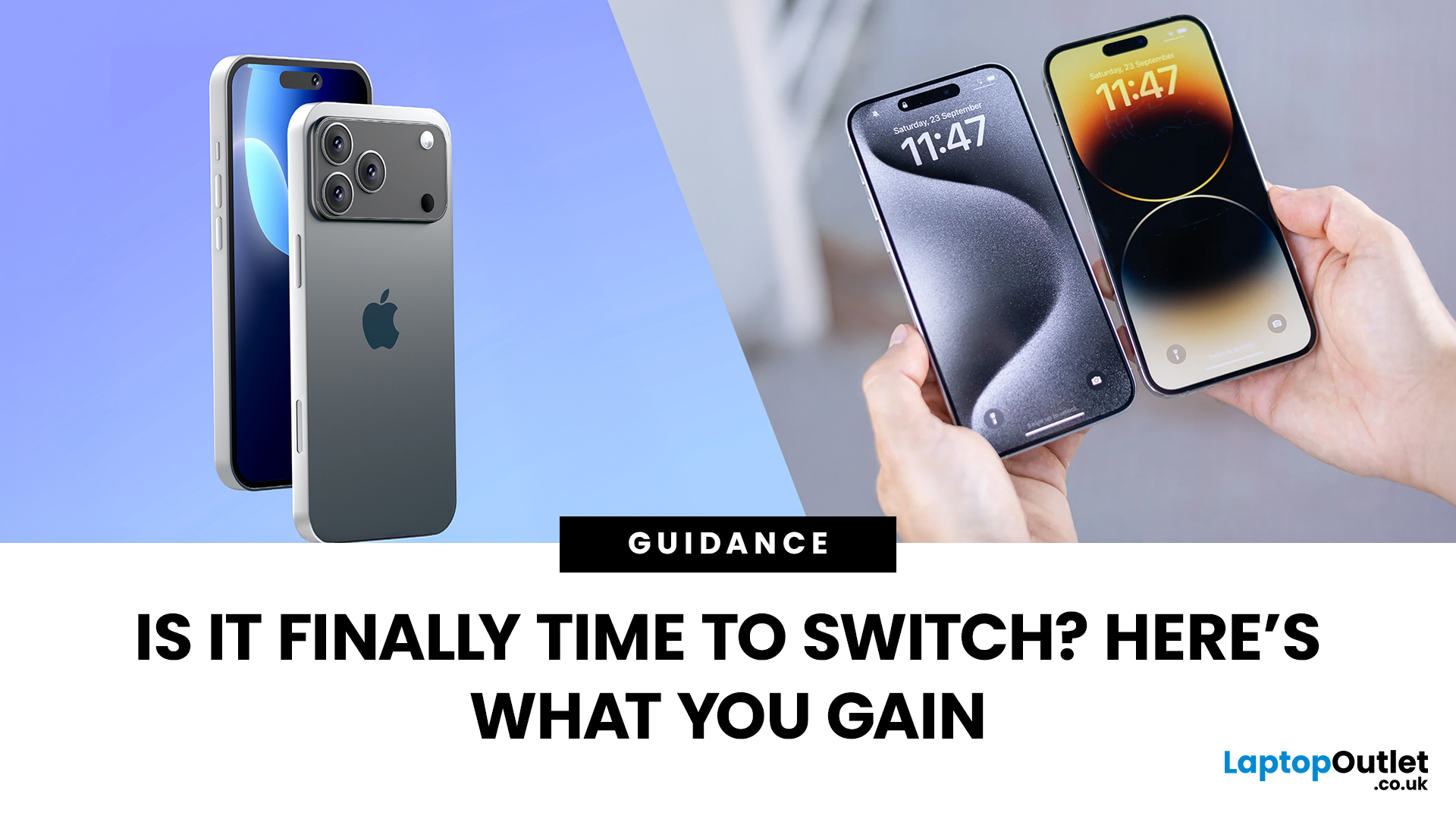
September 15, 2025
The wait is over – the iPhone 17 has officially arrived, bringing Apple’s biggest year-on-year changes since the iPhone X. With a slimmer design, brighter ProMotion display, more powerful A19 chip, and camera improvements across the board, the question on every Apple fan’s mind is simple: should you upgrade to iPhone 17 if you already own the iPhone 14 or 15? Let’s break it down.
What’s New with the iPhone 17
Apple has positioned the iPhone 17 as its most refined all-rounder yet. Here’s what you’ll notice immediately:
- Sleeker design: The iPhone 17 is slimmer and lighter, with refined aluminium edges and new colours to choose from.
- ProMotion for all: For the first time, every model in the lineup, not just the Pros, comes with a buttery-smooth 120 Hz display. Scrolling, gaming, and everyday navigation feel instantly more fluid.
- A19 processor: Apple’s latest chip brings faster performance, but more importantly, greater energy efficiency. Multitasking and gaming are snappier, while battery
